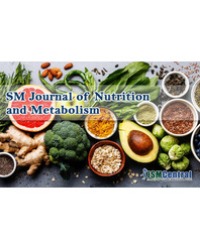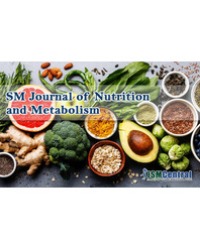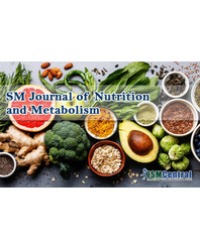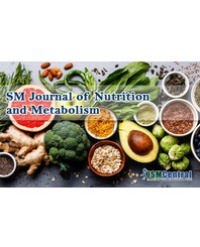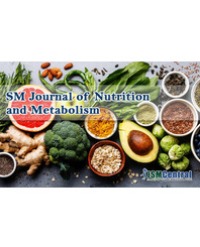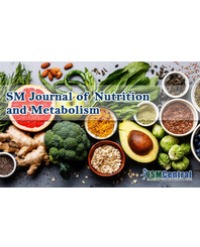
Antioxidant Enriched Nutri Bar Supplementation on the Serum Anti Oxidant Status and Performance of Track and Field Athletes
Background: Adequate nutrition knowledge among athletes becomes vital. Knowledge, Attitude and Practices (KAP) regarding food intake of athletes become essential more so to have antioxidant rich diets. Antioxidants supplementation may provide protection against negative health consequences of oxygen free radicals caused by aerobic and re-sustained exercise.
Aim: Is to find out the efficacy of anti- oxidant rich nutri bar supplementation on the anti-oxidant status and physical fitness components of the athlete’s.
Methods: Single blind study was employed. Study group (n=20) subjects were supplemented with the formulated nutri bars daily for a period of 3 months and control group with a placebo. Bio-chemical parameters GSH, GSH-px, SOD, Vitamin C, lipid profile, serum LPO and physical fitness tests were assessed at baseline and after 90 days. Statistical analysis was performed using SPSS (version 15).
Results: The mean age was 18 ± 3.2 yrs. 60% of the selected athletes were males and 40% females. The main source of nutrition information was from coaches (56%) and magazines (30%). Supplemented group athletes showed a significant increase in serum levels of SOD (p=0.000), LPO (p=0.005), GSH (p=0.000) than control group. Significant decrease was observed in total cholesterol (p=0.000) and LDL Cholesterol (p=0.000) than placebo. Vitamin C levels and GSH-px, HDL decreased in supplemental group but there was a significant decrease in control group (p=0.000, p=0.02, p=0.000). Significant improvement in all six physical fitness tests was observed in supplemented group (p=0.000), whereas in control group pushups test, vertical jump and agility tests alone did not find statistical significance.
Conclusion: False beliefs, food fads, have brought in major drawback in performance; hence appropriate nutrition knowledge is necessary for winning. Antioxidant effects of the formulated food were useful in improving the endurance of athletes.
Supriya V1 and Lalitha Ramaswamy2*

